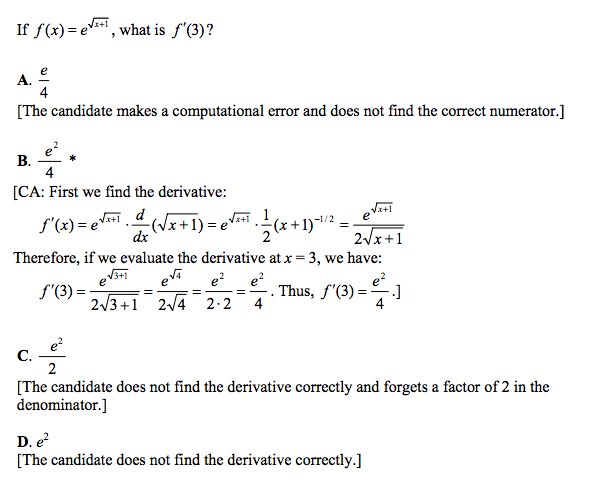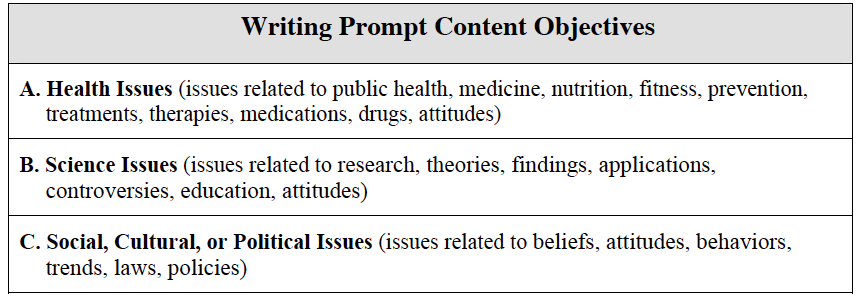This is part 1 of our series breaking down the 2017 Pharmacy Admission Test.
Note: This is an updated version of a series we’ve done before on the blog
On the agenda today the Biology section, which is the second section you run into come test day.
You will have 40minutes to answer 48items,
including both freestanding and passage-based questions.
Here is a detailed outline of each the objectives their subcategories tested in the biology section of the PCAT:
General Biology, 50% of questions
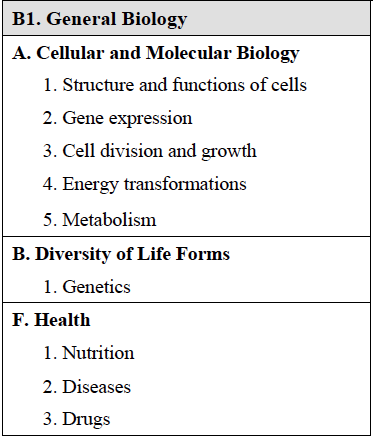
Microbiology, 20% of questions
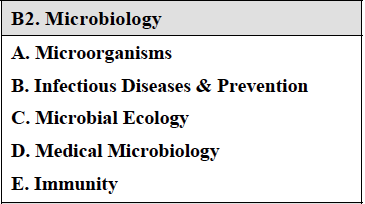
Human Anatomy & Physiology, 30% of questions
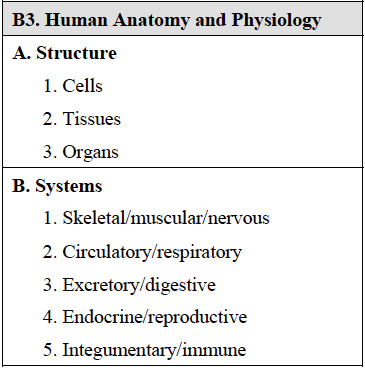
With the freestanding questions the knowledge tested can be straightforward but the passage-based questions require reading comprehension before you even get the Reading Comprehension section of the PCAT 2017.
But then with the passages you have to be able to (quickly) break down the information presented and be able to comprehend, analyze, and evaluate the passage. The way to prepare for this is with practice. YES, basically like with all things PCAT Prep… PRACTICE is key!
Check out this sample freestanding question below (spoiler alert: * = the answer)…
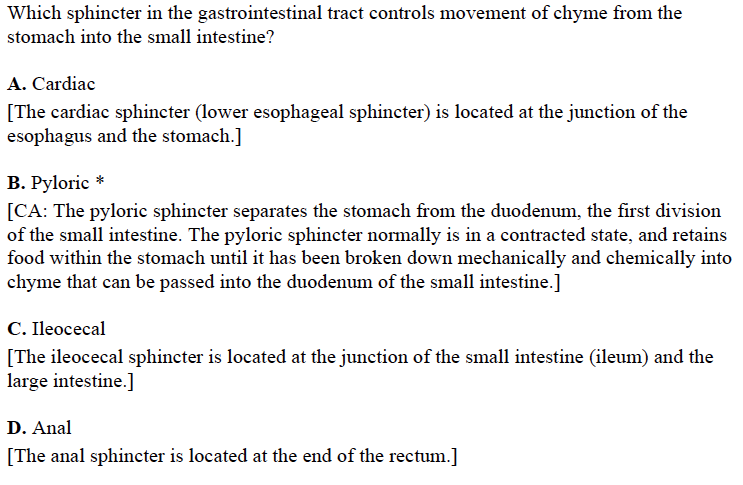
Remember with PCAT Cracker you can take full practice test plus even focus on the sections and objectives you need to hone in on to ace the exam!


